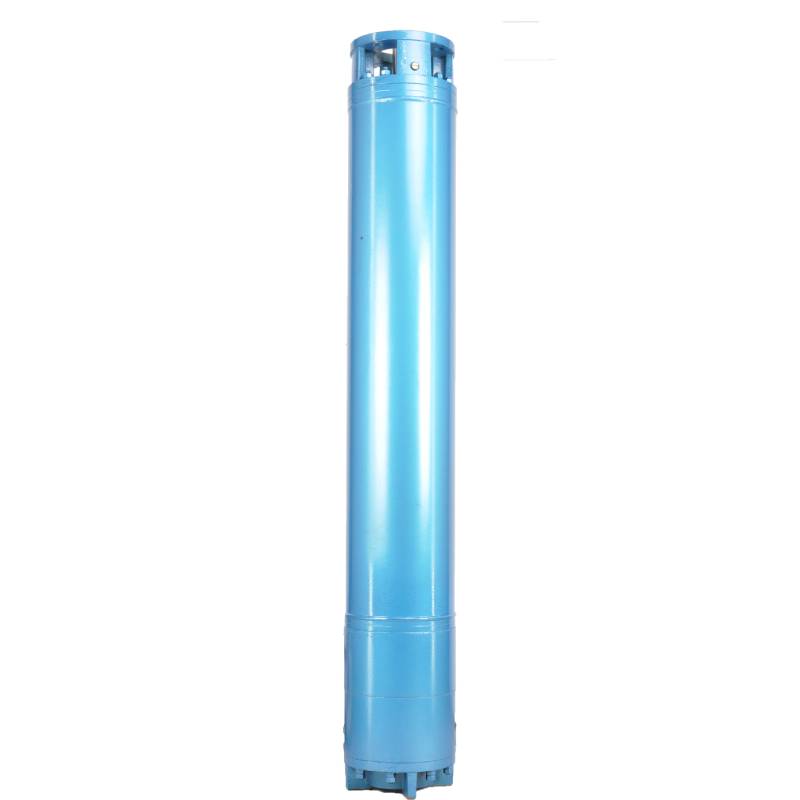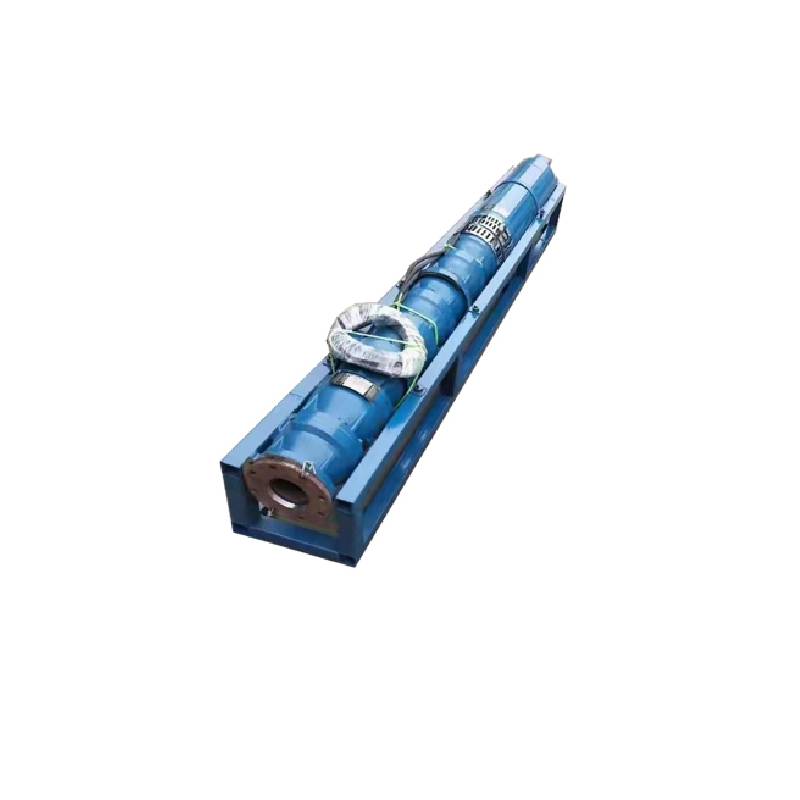Sep . 15, 2024 20:55 Back to list
Variable Speed Submersible Pump – Efficient Water Solutions
Variable Speed Submersible Pumps Revolutionizing Water Management
In recent years, advancements in technology have revolutionized various industries, and water management is no exception. One of the most significant innovations in this field is the development of variable speed submersible pumps. These pumps have become essential tools in the efficient extraction of groundwater and are used in various applications, including agriculture, municipal water supply, and industrial processes.
Variable speed submersible pumps operate by adjusting their rotational speeds based on the demand for water. This adaptability is primarily achieved through the integration of advanced control systems that allow for precise monitoring of various parameters such as flow rate, pressure, and energy consumption. Unlike traditional fixed-speed pumps, which operate at a constant speed regardless of the demand, variable speed pumps offer a much more flexible and efficient solution.
One of the most significant advantages of variable speed submersible pumps is their energy efficiency. Because these pumps can adjust their speed according to the workload, they consume less energy when demand is lower. This not only results in reduced operational costs for users but also contributes to more sustainable water management practices. By optimizing energy use, variable speed pumps can help in reducing the carbon footprint associated with water extraction and distribution.
In addition to energy savings, variable speed submersible pumps offer improved operational performance
. The ability to regulate flow rates allows for better control over water delivery, which is particularly beneficial in applications where water demand can vary significantly throughout the day. For example, in agricultural irrigation systems, these pumps can be programmed to deliver the precise amount of water required at various times, conserving water resources and enhancing crop yield.variable speed submersible pump

Furthermore, variable speed submersible pumps are equipped with advanced monitoring technologies that provide real-time data on their performance. This capability enables proactive maintenance, allowing operators to address potential issues before they escalate into costly repairs or system failures. With the integration of IoT (Internet of Things) technologies, these pumps can even be remotely monitored and controlled, enhancing operational efficiency and reducing downtime.
The installation of variable speed submersible pumps also contributes to reduced noise levels compared to traditional pumps, making them ideal for urban environments or residential areas where noise pollution is a concern. Additionally, their compact design allows for easier installation in confined spaces, making them versatile for a wide range of applications.
Despite their numerous advantages, the initial cost of variable speed submersible pumps can be higher than that of traditional pumps. However, the long-term savings in energy and maintenance costs often justify this initial investment. As technology continues to advance, it is likely that these pumps will become more affordable and accessible, further promoting their adoption across various sectors.
In conclusion, variable speed submersible pumps represent a significant leap forward in water management technology. Their ability to optimize energy use, improve operational efficiency, and offer enhanced control makes them a valuable asset in the quest for sustainable water supply solutions. As industries continue to face challenges related to water scarcity and energy consumption, variable speed submersible pumps are poised to play a pivotal role in addressing these critical issues.
-
Reliable 4-inch Deep Well Submersible Pump for Constant Water
NewsSep.01,2025
-
175QJB Deep Well Submersible Pump: High-Efficiency & Reliable
NewsAug.31,2025
-
Efficient 250QJP Peep Well Submersible Pump for Deep Well Water
NewsAug.30,2025
-
Deep Well Pump Installation Guide: Reliable Submersible Pumps
NewsAug.29,2025
-
125QJR Deep Well Submersible Pump - High Performance & Reliable Water Supply
NewsAug.28,2025
-
Water Filled Submersible Pump
NewsAug.26,2025
-
 Reliable 4-inch Deep Well Submersible Pump for Constant WaterNeed a dependable 4-inch deep well submersible pump? Our high-efficiency models provide consistent water flow for residential, irrigation, and agricultural needs. Find the best deep well pumps for sale & ensure reliable water supply. Shop now!Detail
Reliable 4-inch Deep Well Submersible Pump for Constant WaterNeed a dependable 4-inch deep well submersible pump? Our high-efficiency models provide consistent water flow for residential, irrigation, and agricultural needs. Find the best deep well pumps for sale & ensure reliable water supply. Shop now!Detail -
 175QJB Deep Well Submersible Pump: High-Efficiency & ReliableAchieve reliable, high-efficiency water supply with our 175QJB Deep Well Submersible Pump. Perfect for agricultural irrigation, industrial water needs, and municipal use. Explore durable performance and inquire today!Detail
175QJB Deep Well Submersible Pump: High-Efficiency & ReliableAchieve reliable, high-efficiency water supply with our 175QJB Deep Well Submersible Pump. Perfect for agricultural irrigation, industrial water needs, and municipal use. Explore durable performance and inquire today!Detail -
 Efficient 250QJP Peep Well Submersible Pump for Deep Well WaterDiscover the powerful 250QJP Peep Well Submersible Pump. Engineered for high-efficiency and reliability, it's ideal for deep well water supply, industrial, and agricultural irrigation. Get consistent performance. Explore our range today!Detail
Efficient 250QJP Peep Well Submersible Pump for Deep Well WaterDiscover the powerful 250QJP Peep Well Submersible Pump. Engineered for high-efficiency and reliability, it's ideal for deep well water supply, industrial, and agricultural irrigation. Get consistent performance. Explore our range today!Detail
